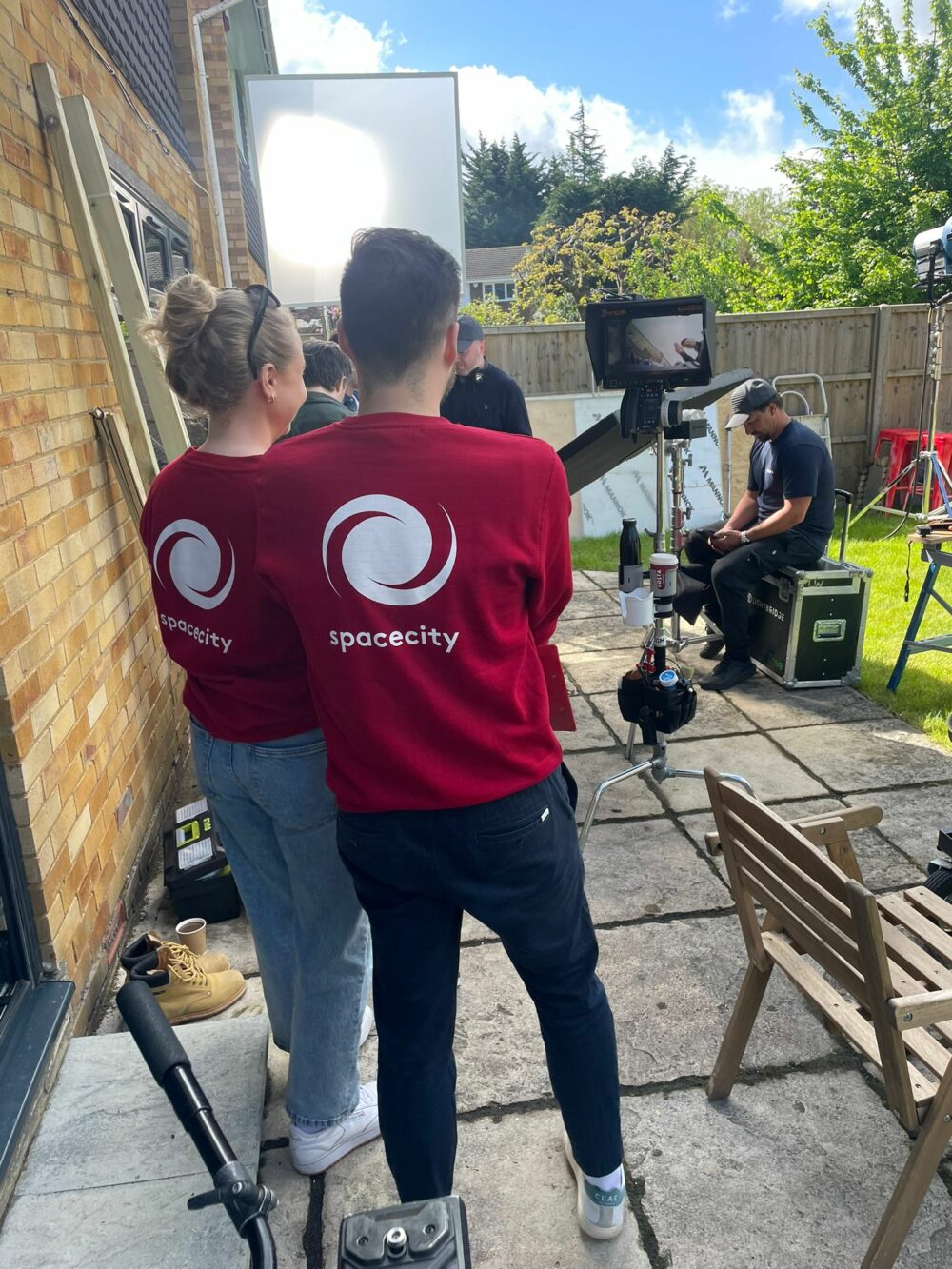CUSTOMER’s of myriad businesses across the UK will begin to see a shift in how they spend through the duration of 2017 and beyond.
Figures released today by the Office for National Statistics (ONS) revealed that consumer savings were at an all time low.
The 3.3% savings ratio of personal finance is the lowest since records began in 1963, the drop accentuated by the rising cost of living amid the fall in the value of Sterling post Brexit vote.
Although advertising has remained buoyant during the last nine months, the savings ratio has continued to fall throughout the last two years, conflating to an overall saving aversion amid the continuing growth in ad spend- on TV and online.
Therefore the paradigm shift in consumer spending habits will also precipitate a shift in how TV and online advertising attempts to beguile and persuade the consumer to use your products or services.
Thus our first tip towards fostering consistent sales is: for you to remain engaging and efficient in your advertising there needs to be a shift in focus from DRTV.
Direct response as a singular entity is the most effective means of generating short-term sales, more so than any online, print or exterior advertising.
However amidst a spending shift where interest rates are likely to increase in the coming months, as the concurrent squeeze on overall income becomes growingly manifest, saving will once more come to the fore.
Consequently your customer base will become increasingly spend averse, as a result your media buying at the very least needs to become more granular, as appose to traditional.

Although DRTV will be less efficient in a mass, linear TV purchasing concept, your buying strategy can still ensure DRTV remains relevant to a spend averse Britain.
If your ad inventory or financial capabilities inhibit creating vast, granular digital inventories, or paying for a broadcaster’s, then brand response will be imperative to your profitability.
Therefore depending on your budget, the priority should be taken whether to focus more stringently to our first step, or if you have a higher budget ensuring DRTV is twinned with more digitalised media buying.
This means of interacting and engaging your customer base incorporates matching inventory into automated systems, which create increased variability in how your campaigns are planned, but it is more targeted.
As a result your ads are consumed by your potential customers at times when they will be more spend inclined.
By utilising inventory that can systematically buy spots when your audience are viewing appropriate shows at complimentary times, you are optimising your cost-per-conversion ratios.
If your media budget is going to be more controlled then focusing on the content and context will be imperative.
Ensuring your content is literally that and not a traditional, persuasive ad, will be paramount to future sales success.
Instilling specially composed music increases effectiveness by 12%, notwithstanding the 47% gains in using emotive content that entertains garners.
Although the instant gains will not be as great as traditional DRTV is today, the long-term efficiency of your ads will be vast in comparison.
Brand response that is cultivated consistently over a three year period yields profit increases of 140% on average, while DRTV over the same period has none; when factoring in media spend.
Linking to our third tip, the need to utilise humour where possible is profound.
Of the 10 most virally shared ads of 2017 so far, all bar one have humour at the core.
In 2016, although vastly successful, the John Lewis advert was the only advert not to underpin itself with humour, focusing more on a theme of aspiration.

Damningly on the remainder of the TV advertising industry and its substandard interaction levels with customer bases, was the fact that 94% of all video is on TV, yet only 10% of the most shared ads of 2016 originated it.
Content that is entertain will enjoy a life cycle that transcends omni-platform, but the content that is resonating is not TV original, hampering scale, reach and ROI.
Therefore our final point is to apply the aforementioned practises collectively and execute a concurrent online or PPC campaign that links semiotically and semantically.
The power of search and the language used by your consumers needs to correlate with all your marketing; focus on consistency with your brand message and the chances of your business resonating in the months and years to come is increased.
Thus researching the most popular terms on social media and across Google relating to your industry will enable cost-per-impression ratios to decrease at the very least.
If your content correlates and is recognisable across both online and TV you are furthering your brand identity intrinsically, as a result your pecking order and Google will be enhanced, as well as your ability to stimulate instant sales.
Space City has been producing TV and online commercials covering both brand and direct response for 25 years.
Contact the team now and get your company on TV for less than £10,000.


